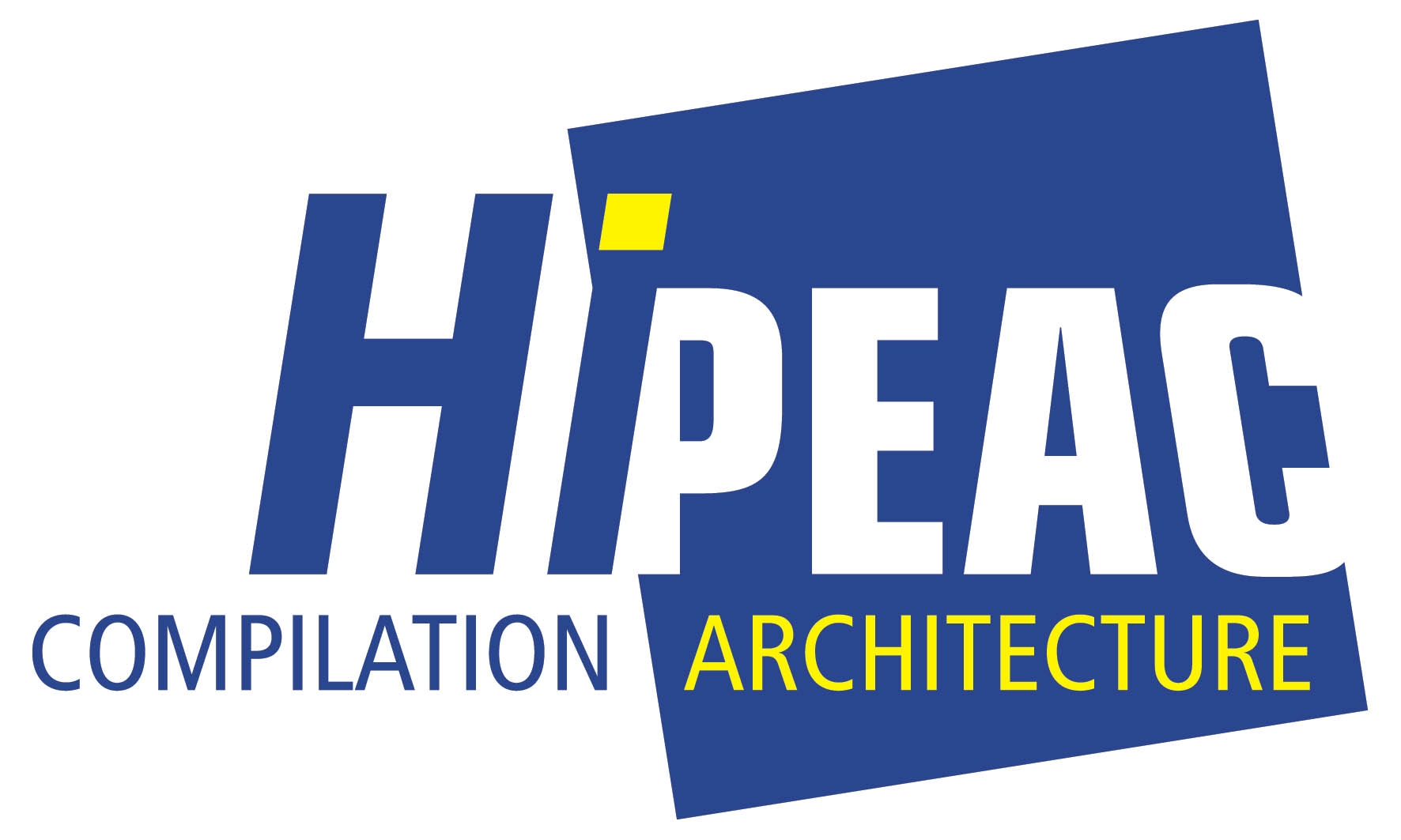Description
The proposed HiPEAC network of excellence was a follow-up of an existing network that wanted:
- to steer and to increase the European research in computing systems
- to improve the quality of the European computing systems research
- to create a visible and integrated pan-European community in computing systems.
The network was structured along four programs.
The membership program aimed at growing the network. It focused on the creation of a vibrant industrial membership, and it will reach out to the companies and academics in the new member states. It wanted to increasingly organize events in new member states.The mobility program aimed at bringing the partners and the members closer together. The mobility program supported two types of mobility:
- exchanges of one to three months like internships, collaboration grants, mini-sabbaticals
- public networking events like computing systems weeks, sometimes collocated with other events (project meetings, conference, …).
The research coordination program aimed to coordinate the joint research between the HiPEAC members. A tangible result of the research coordination was the bi-annual HiPEAC vision. It also wanted to support the European low-power industry by promoting their platform ecosystem and it wants to proactively prepare the HiPEAC community for the impact of technological evolutions on computing systems (like photonics, new memory types …). It also ran a set of thematic workgroups on the different technical challenges and solutions from the HiPEAC roadmap.
The visibility program managed all the public activities of the network such as the conference, the summer school, the website, the newsletter, the award program, the dissemination of research results. It wanted:
- to proactively approach the specialized press
- to grow the conference into a much bigger event
- to make the HiPEAC institutions more attractive for top talent by creating a job portal


